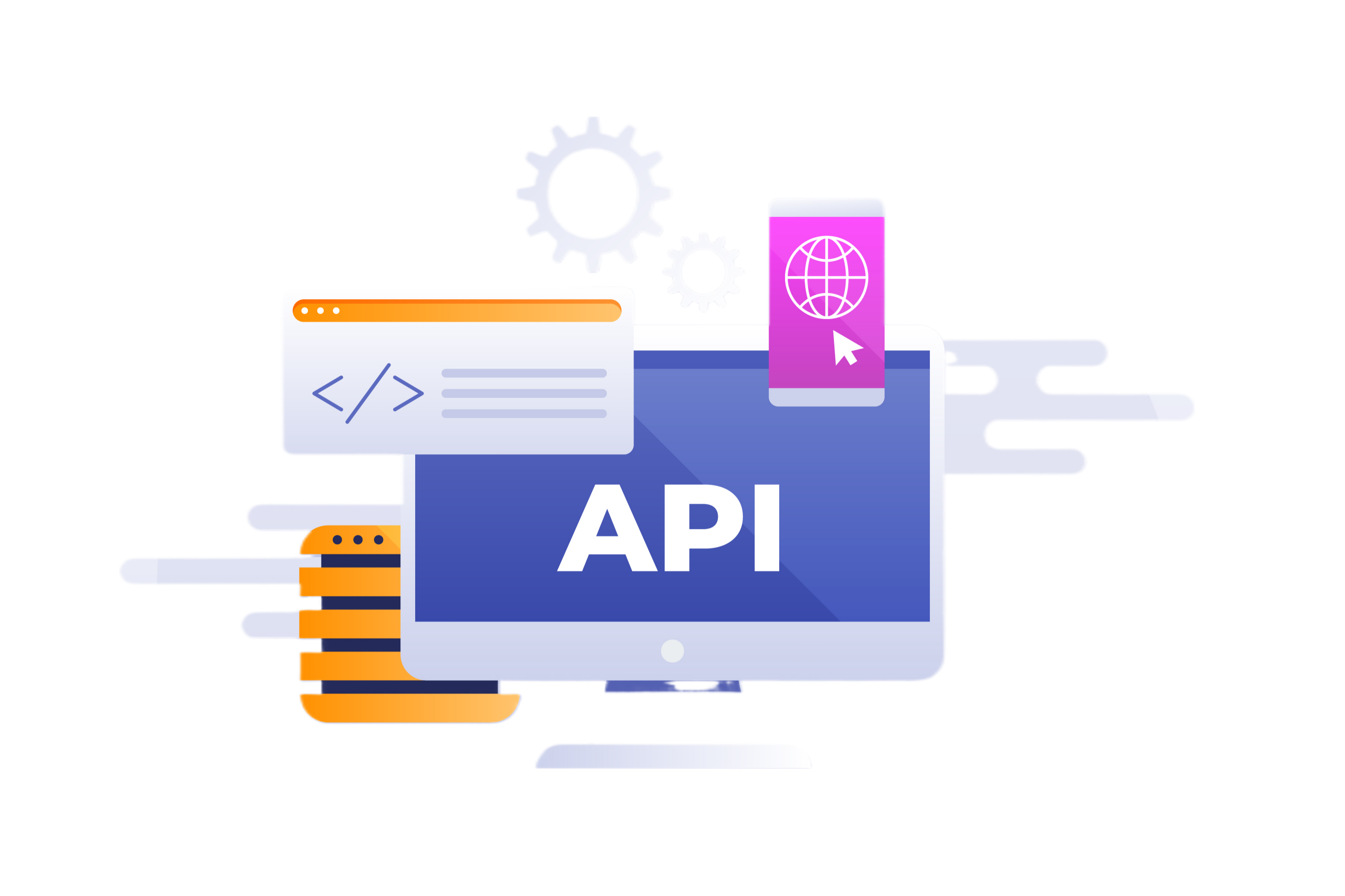What is API Automation Testing?
API testing involves thoroughly checking an application’s interfaces to ensure they are working according to the functionality requirements. API Automation testing is a process of running automated test scripts via the tool to speed up the testing process and generate accurate test results. API testing ensures different modules in an application work in an integrated manner to produce the desired results.

Why is API automation testing important?
This testing is essential to launch connectivity in the application by speeding up the software releases of the product. The process holds good for agile projects where releases happen frequently for better customer engagements. This approach stamps the product confidently as the automation test scripts are run by tools that are highly reliable.
Benefits of API Automation Testing
- QA testers can get a sneak peek into the application without the knowledge of the user interface of the application. The takeaway is QA engineers tend to spot defects at an earlier stage and report them helping the developers to fix them without impacting the user interface.
- API testing validates the core functionality of the application to ensure the quality of the build before going deep into a detailed level of testing. A productive approach to capturing bugs beforehand paves the way for smooth GUI testing. If you are dealing with an offshore QA team, then this API testing approach promotes effective communication between the teams leading to the delivery of quality products to the clients.
- API testing is less time-consuming when compared to GUI testing promising faster results. The test coverage is brilliant in this approach leading to super productive outcomes.
- API testing is compatible with multiple languages which gives the testers the liberty to choose and change the language in between the running of test scripts.
- There is so much coherence when choosing API testing especially if you are planning to adapt testing following the GUI testing approach.
Challenges of API Automation Testing
1. Use Case Propagation
Unlike conventional testing wherein testers derive scenarios and draft test cases against expected results, API testing is different. This process acts as a major one for interlinking applications and deriving the use case scenarios is time-consuming and may involve multiple test cases. The real challenge lies in employing manpower to execute them appropriately in the specified timeframe to satisfy the clients.
2. Access to Connected Systems
APIs involve the integration of protocols that are complex and establishing the right testing between the components is way too tedious for the resources involved.
3. Change Impact
A small change in one functionality can lead to adverse effects on other modules which can put a huge risk on API testing. Applying a change and ensuring all the functionalities are working fine is challenging in the API testing framework.
4. Test Data Content
Many APIs demand more parameters to carry out the testing process effectively. Handling large sets of test data and ensuring that they are reusable is very hard for the testers.
5. Managing the API inventory
The API testing involves dealing with multiple modules that are interdependent. It is advised for testers to keep track of how one single change can impact the other functionalities and ensure it is working as expected. Maintaining the API inventory is crucial without which efficient testing cannot be achieved.
Tools for API Automation Testing
API automation tools are automated software programs that check the interface of the application and ensure the application satisfies the performance, security, and functional requirements.
1. Postman
Postman is a competitive API automation tool that is available in both mobile and desktop versions. The tool encourages the testers to exchange knowledge with the development team thus promoting a healthy learning curve. Some of the pros of adapting this tool is easy to use reduces the need for zero knowledge about it, provisions to save commands, and has tremendous API enhancement options. On the other hand, the drawbacks of using this tool are the enterprise version is pricy and restricts the number of requests. The tool does not favour testing of multiple APIs at a time which is a major drawback.
2. SoapUI
This is an innovative tool that enables developers to gain hands-on experience in testing web services, SOAP, REST, and GraphQL. An advanced tool that aids in creating and running complex test scripts on web services in both testing and development sites. The test report is one attractive feature of this tool as it supports organizing the test results as a summary. One key benefit of using this tool is it requires minimal manual interference and saves the work on the go to resume later. Some cons are it does not hold good for UI testing and Web UI testing and lacks documentation support. Also, for newbies saving projects can be a little tedious in the beginning stage.
3. Apigee
This tool is a booming one to promote online businesses with innovative features and capabilities that assess the API performance of applications. It keeps track of the response time of the websites to improve the traffic and performance of the website on Google. Some of the cons include limitation to single user access at a time and every time the user needs to activate the API to trigger the SSL.
4. REST
A JAVA oriented API tool that was developed to test Web API without the dependency on HTTP. The tool has built-in functions reducing the need for coding for the team by saving their time and effort. However, the drawback is it does not support SOAP APIs.
Best Practices for API Automation Testing
Adapting the best practices in your testing can elevate the results by saving time and covering key functionalities which is hard to manage in manual testing.
1. Automation Plan
A well-planned API automation testing approach achieves better results and resource arrangement is one critical aspect that falls under this process. This will keep the API automation testing budget transparent without any last-minute surprises. Also, it is good to prioritize test cases that hold more functional value to achieve great progression.
2. Automation Testing Framework
Linear, automation, and library architecture are the three frameworks available. So, choose anyone based on the requirements and execute via the preferred API tool to achieve the desired results.
3. Choosing the Right Automation Tools
There are plenty of tools in the market and choosing the effective one promises productive results on the application. Always prefer tools that will not impact the quality of the code and run several test cases to validate multiple scenarios to deliver a quality product to the clients. Do a research on the internet to get a glimpse of available tools and analyse their pros and cons to choose wisely one among them. Automation tools can detect the errors that can be missed in manual testing with its capability to handle a huge test suite.
4. Test Environment
It is advised to ensure the testing and development sites are in sync and also check the current test site is compatible with the application to capture errors quickly.
5. Designing Tests
There are two approaches that fall under the designing category namely behavior-driven development and data driven development. The former helps in converting user stories into inovative test cases while the latter.
6. Test Execution and Analysis
Execution is the final stage and testers need to ensure all the cases are validated without any network issues. Collect and analyze the test results to assess the performance of the application and employ third-party tools to deploy stable software.
The Future of API Automation Testing
API Automation testing has a bright future as it targets the core functionality of the application without disturbing the user interface. The tool has well-defined goals and approaches to achieve fastidious and effective testing for a quality deliverable.
Conclusion
Get Software Service is a renowned testing centre that caters training to students on advanced tools helping them to excel as professional automation testers with the right knowledge. Our adept team of trainers have immense subject knowledge and aims to provide power-packed learning experiences to students anywhere in Canada. Uplift your career in automation testing by enrolling in training programs at GSS that will fetch you productive job opportunities by improving your skill sets.



